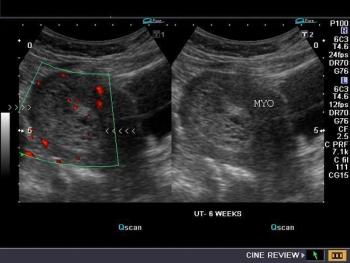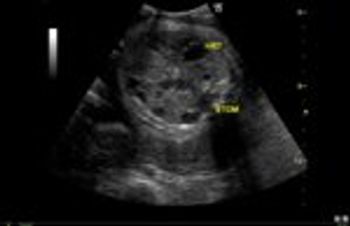An estimated 12 million woemn in the United States use the oral contraceptive (OC) pill, making it the most popular reversible method of birth control. Many new hormonal delivery systems offer benefit superior to those of the pill. The vaginal ring, injection, and patch allow less-frequent dosing, which may improve compliance. The intrauterine device and implant are significantly more effective than the pill, with failure rates rivaling those of sterilization. Nevertheless, the pill remains the method of choice for the majority of women, and pharmaceutical companies are therefore eager to develop new formulations. Since the pill was first introduced more than 50 years ago, many of these new formulations have been little more than updated packaging. However, several new brands have emerged recently that are advertised as having noncontraceptive benefits beyond those of older pill formulations, as well as improved bleeding and side-effect profiles.



